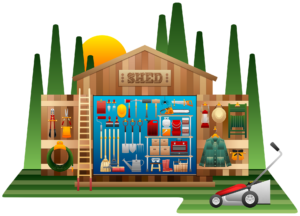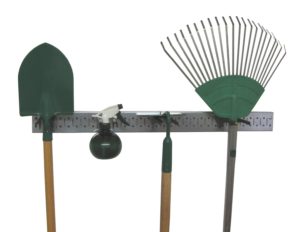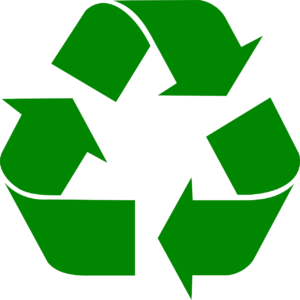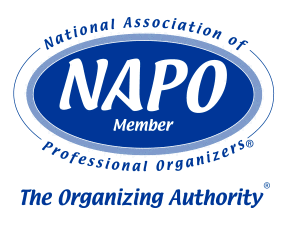 July is “National Family Reunion Month.” (Who knew there was such a thing?!)
July is “National Family Reunion Month.” (Who knew there was such a thing?!)
Our family just held one of our largest family reunions ever! With over 60 people, ages 2 to 86, in attendance, pulling this event off took a ton of planning and patience.
Here are some practical tips to make your own family reunion the success you want it to be:
-
- Select an event chair, or better yet, a couple of co-chairs to handle the planning and coordination. Depending on the size of the reunion, you may only need one, but for a group of 60, it was great to spread the event coordination around a bit.
- Decide on a time of year and venue. Our reunion is always held around the 4th of July (easy travel for everyone, generally not a lot of competing events like there would be in the November/December time period) and it’s always held at the same place. Choose the venue carefully. If someone’s home can manage it, great. If you need to rent a space, be sure to get that done early. If you are coordinating people from across the country, be kind and settle on middle geographic ground.
- Set up early and frequent communication. The more communication there is around your family reunion, the better opportunity to get people excited and eager to attend. If possible, include some fun stories from previous reunions to keep people’s attention. Be careful to include communication styles that everyone can participate in. For example, although e-mail is efficient, not everyone uses e-mail. If e-mail is your chosen mode of communication, make sure someone is assigned to pass on the pertinent information to those who don’t get e-mail.
- Create a spreadsheet or mind map including everything that needs to be in place for a successful reunion. Be sure to include:
- Food: Solicit volunteers to bring specific dishes or categories (i.e. appetizers, main course, vegetables, dessert, bread, beverages, etc.).
- Games: Solicit volunteers to manage entertainment for all ages. For example, sidewalk chalk and bubbles for the younger ones, badminton for the older kids, and video games for all ages.
- Functional needs for the event: For example, determine who will be decorating, ensuring sufficient silverware/plates/glasses are available, making certain all the potluck food makes it to the serving table, manages the trash, and so on and so on and so on.
- Solicit volunteers . . . and lots of them. When John Heywood quoted “many hands make light work” he probably wasn’t thinking about family reunions at the time, but the phrase holds true. Everyone (age appropriate) should be part of the planning and execution process. Too few people trying to handle too many things may result in a less than successful event.
- Ask for feedback. When holding any kind of event, it’s great to solicit feedback from attendees. What did they like? What didn’t they like? What would the like to see more of? Less of? Was the timing right? Was the venue appropriate? Knowing what worked and didn’t work will make next year’s event that much more successful!
Hopefully a well-planned and executed family reunion will allow you to enjoy and rekindle connections to your extended family.
Cindy Jobs
cindy@organizetosimplify.com
206-707-3458
National Association of Professional Organizers, Seattle Area Chapter President
Institute for Challenging Disorganization, Six Certificates of Education




















